My favorite retro computers 🕹
Retrocomputing. Frankly, every computer inevitably becomes retro, but I particularly enjoy working with these 8-bit machines from the 1980s and early ’90s.
I began collecting retro computers somewhat by accident. My first game console was the Pegasus IQ-502, which my parents gave me around 1994. This console was a Nintendo Entertainment System clone produced by the Taiwanese company Micro Genius. It became very popular in Poland in the early ’90s, before anti-piracy laws were introduced into the Polish legal system.
The core of the console featured a UA6527P chip, a DIL-40 CPU clocked at 1.77 MHz, mimicking the Ricoh RP2A03 used in the Nintendo Family Computer (Famicom) and the RP2A07 in the NES console (PAL version), based on the MOS 6502. It had 2 KB of RAM and 2 KB of video RAM. In some ways, the Pegasus was superior to the original Famicom, which lacked a composite video output and only offered RF output, theoretically resulting in poorer video quality. However, when I connected my Pegasus to our family’s Panasonic CRT TV—whether through RF or composite—I noticed no difference in video quality. I even kept it permanently connected to the TV via our VCR, which could accept an additional RF signal, simplifying the setup by reducing the number of cables.
Although the video and sound capabilities of this 8-bit system were somewhat limited, it featured smooth vertical scrolling, a significant advantage in many platform games, unlike systems like the MSX.
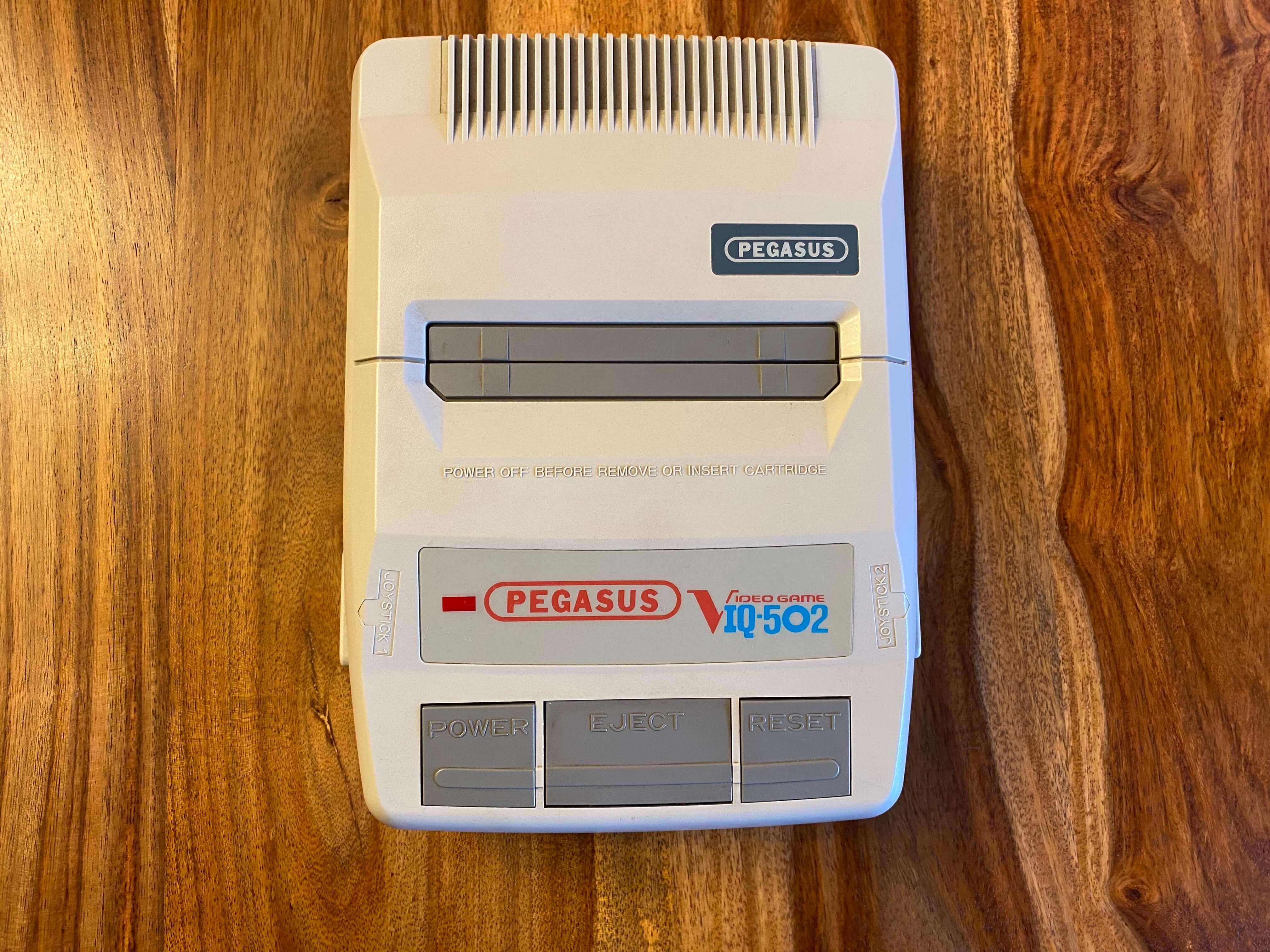
As a child, I viewed home consoles as less valuable compared to home computers due to their lack of keyboards and inability to program. My first personal computer was the Atari 800XL, which I received from my uncle after my cousins upgraded to the Commodore Amiga 500. The old 8-bit machine was just collecting dust. Since I had no software, I was compelled to write my own programs to derive any enjoyment from it. The Atari 800XL, a continuation of the Atari 8-bit systems designed in 1979, uses the same CPU but offers significantly more RAM—64 KB. I could use a tape recorder to save my programs, which was extremely convenient compared to the Pegasus, which only supported read-only cartridges.
The main components of the Atari include a MOS 6502 CPU clocked at 1.77 MHz (the PAL version; the NTSC version was slightly faster) and a 10 KB ROM containing the OS. It features two video chips: ANTIC, which supports 8 graphics modes ranging from resolutions of 40×24 to 320×192 pixels in 2 or 4 colors, and GTIA, which offers 11 graphics modes with resolutions from 40×24 to 320×192 pixels in 2, 4, or 16 colors. Impressively, it can display up to 256 colors on the screen.
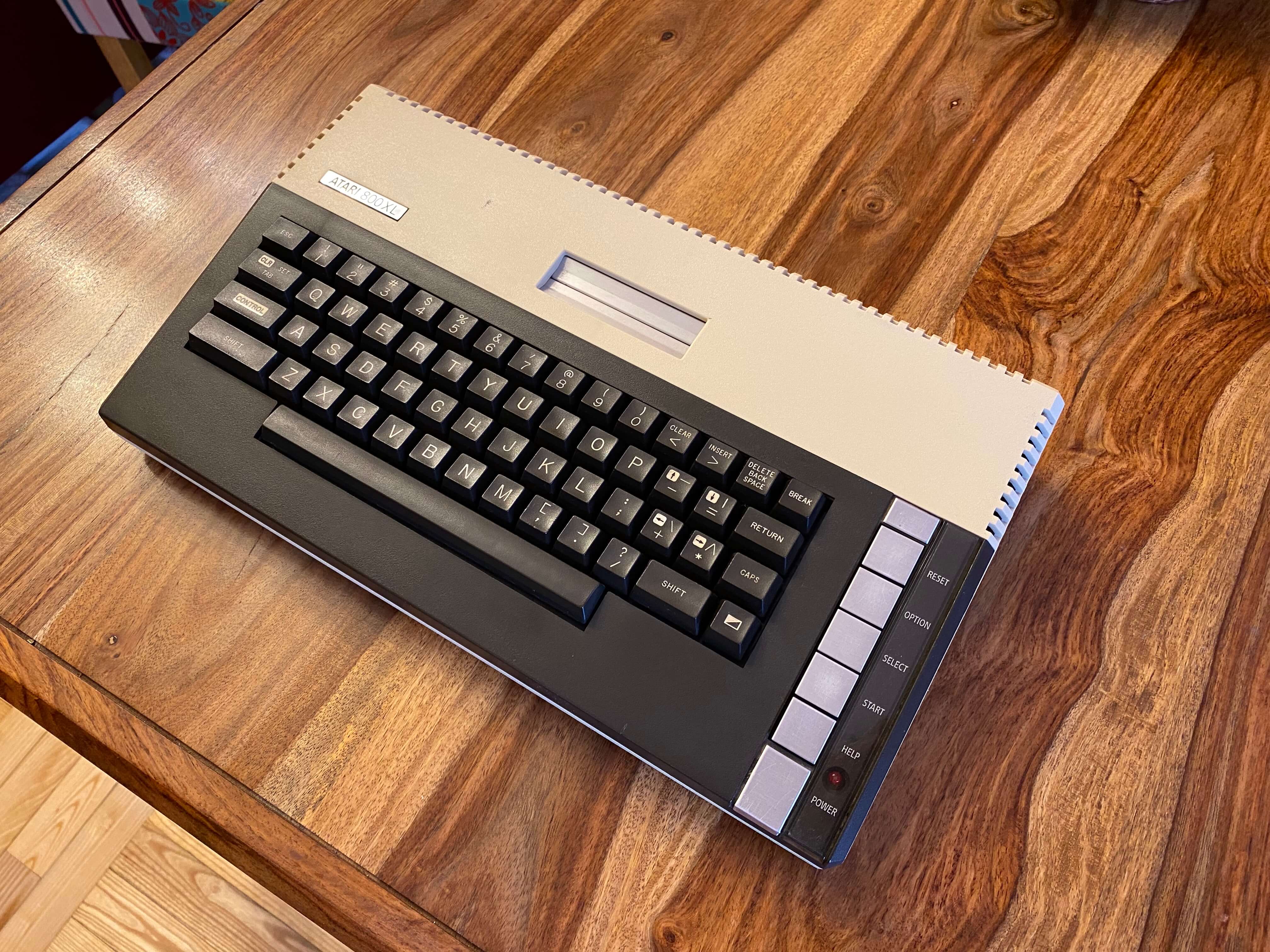
When I got my first PC in 2001, I packed up all my older equipment and stored it in the attic. It wasn’t until 17 years later, around 2018, that I rediscovered everything. My Atari still works perfectly to this day. Occasionally, I connect it to my modern TV using a video converter or to an HDMI monitor via my old Pioneer DVD Recorder. In 2020, I thoroughly cleaned the inside of the computer using isopropyl alcohol.
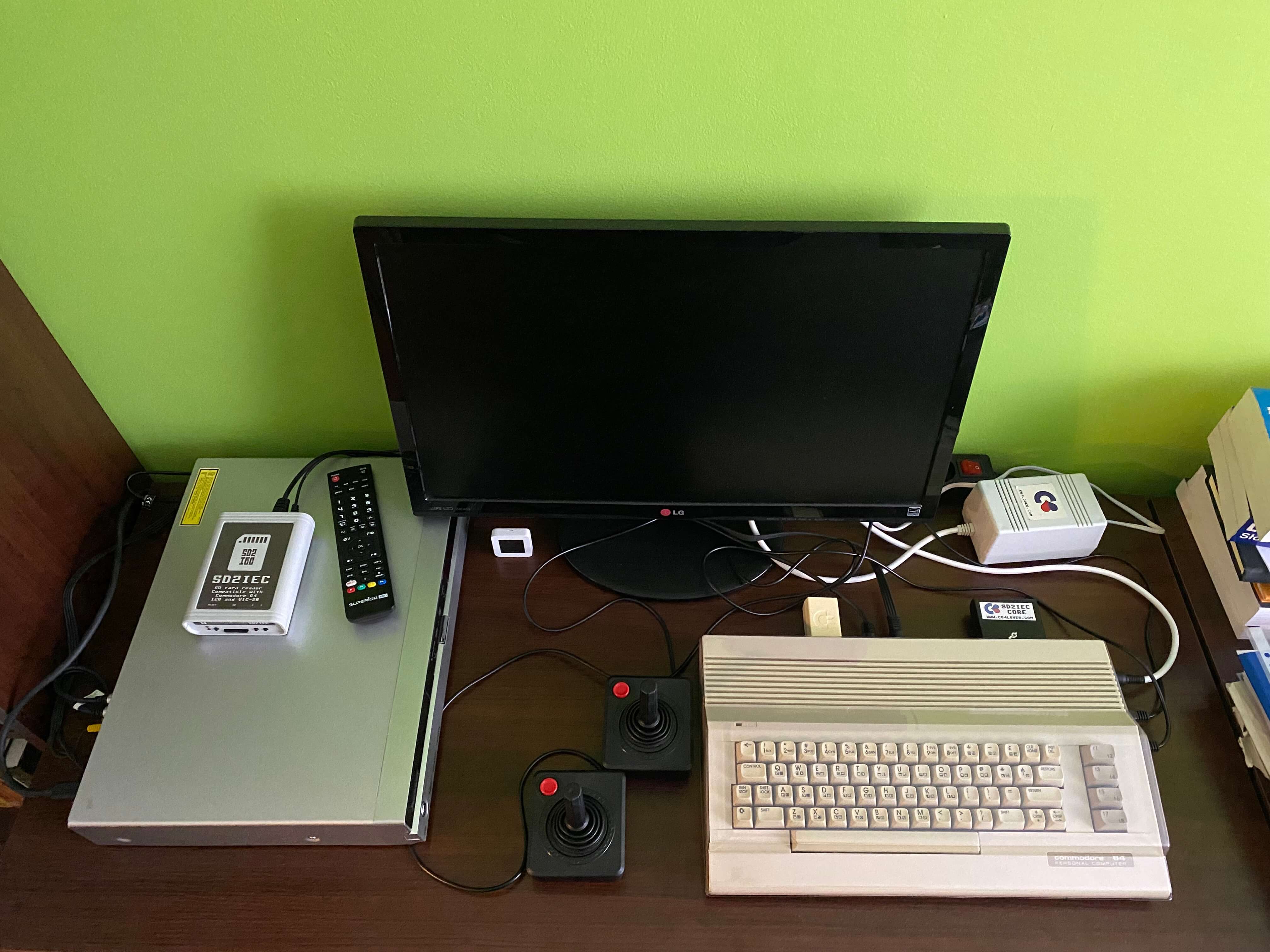
The Commodore 64 is a recent acquisition for me. Although I never owned a Commodore computer in the 1990s nor saw one in person, I had heard many stories from people who did. The wide variety of apps and games that were available for this system always astounded me. My C64, also known as the C64-C, is a later model from the early 1990s but remains fully compatible with the original 1982 “bread bin” Commodore 64. The SID audio chip in this model has been upgraded, and the motherboard has been slightly reconfigured and made more compact (fewer RAM chips are used because a single component can now hold more memory).
Comparing the video capabilities of the Atari 800XL and the Commodore 64 is challenging. The Atari can render more colors—256 versus only 16 on the C64—and has more video modes. However, the C64 offers superior sprites, which are extremely beneficial for game development. Deciding which is better—more colorful graphics in higher resolutions or less colorful but more detailed graphics—is a subject of ongoing debate.
Both computers use the same type of CPU, although the Atari’s is a slightly modified unit, and the C64’s clock is a bit slower. They also have the same amount of RAM.
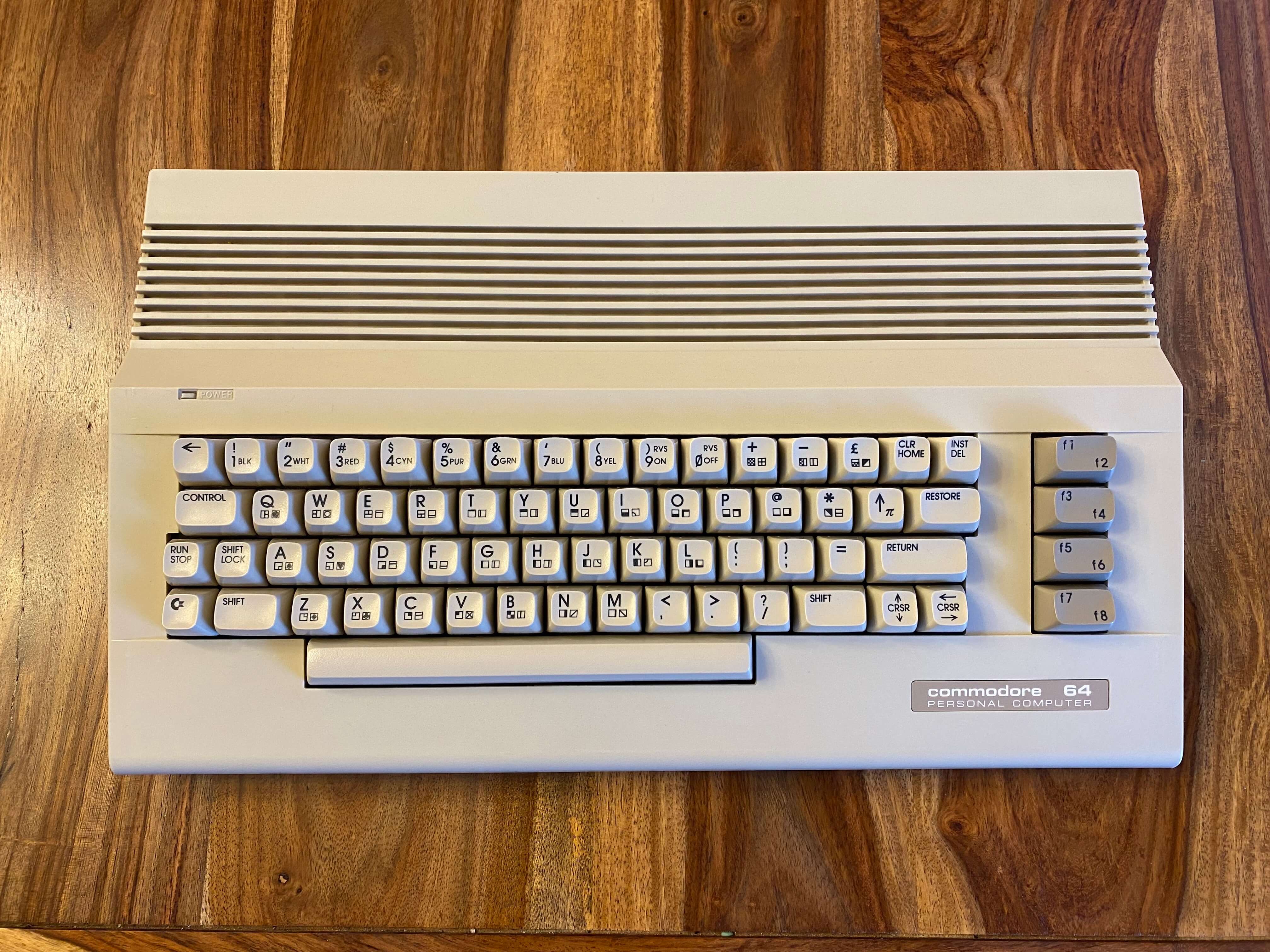
I love the sound of the SID chip. It features three voices, each capable of producing one of four wave types: sawtooth, triangle, rectangle, and white noise. Due to its use of various analog filters, each SID chip sounds slightly different.
I use two separate devices to load programs: the Tapecart, which emulates a tape dataset, and the SD2IEC, which emulates an IEC device. While the Commodore disk drive isn’t fully compatible with the SD2IEC, many D64 images of C64 disks are fully functional or have been patched to work.
Below, you can find footage of me playing some C64 games (captured using my Pioneer DVR-645).
Back in the ’90s, there was significant competition between Atari and Commodore users (the ZX Spectrum was not very popular during my childhood, and the new 16-bit and 32-bit computers were just emerging). However, I am fascinated by both platforms. The Commodore’s tape loading mechanism was easier to improve without hardware modifications and proved more reliable. In contrast, the Atari failed to load programs on about 1 out of every 10 attempts due to some design issues. While the Atari’s sound resembled that of an arcade machine, the Commodore’s superior sound capabilities allowed it to create music, which was a significant breakthrough.
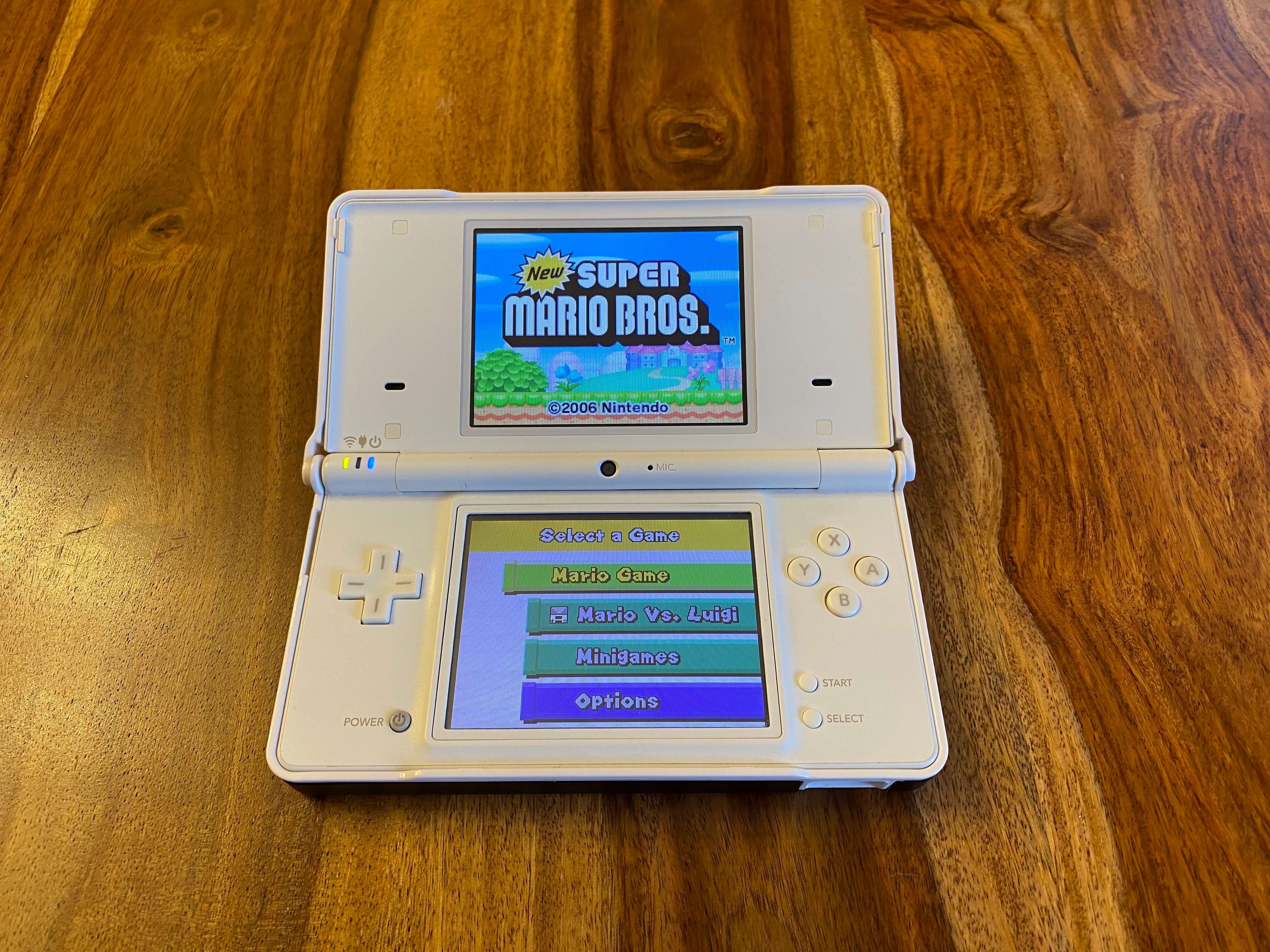
The Nintendo DSi was also a recent purchase for me. I bought it very inexpensively and in excellent condition. The only Nintendo handheld I was familiar with from my childhood was the GameBoy. Back then, no one in my school owned one, so we used a PC emulator to play Pokemon Gold. I had never used any actual hardware to play these games until now. The DSi can easily emulate the GameBoy and also run games specifically designed for its platform. Impressively, the total number of Nintendo DS devices sold has reached 150 million.
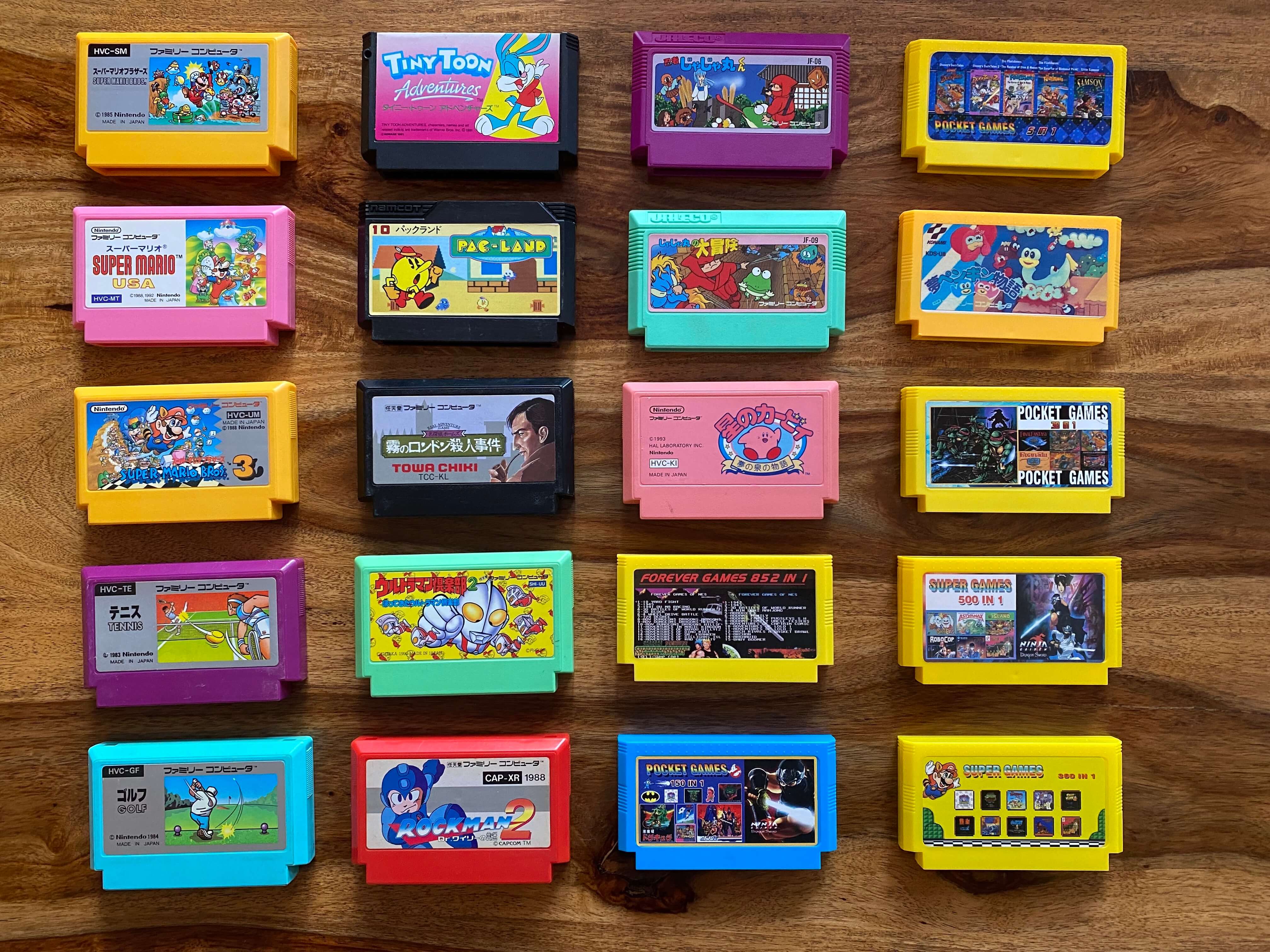
My collection of Famicom cartridges might not be very large, but I have managed to gather almost all my favorite games that I played as a child. Unfortunately, I don’t have the original cartridges I owned back then, so I had to repurchase them. My all-time favorite games are unquestionably Super Mario Bros. (the first game I ever played on a console!) and Tiny Toon Adventures (which was on the very first cartridge I bought with my mom). I also have a few Chinese “reproductions” from AliExpress, which are similar to what we could buy in Polish stores in the early ’90s.
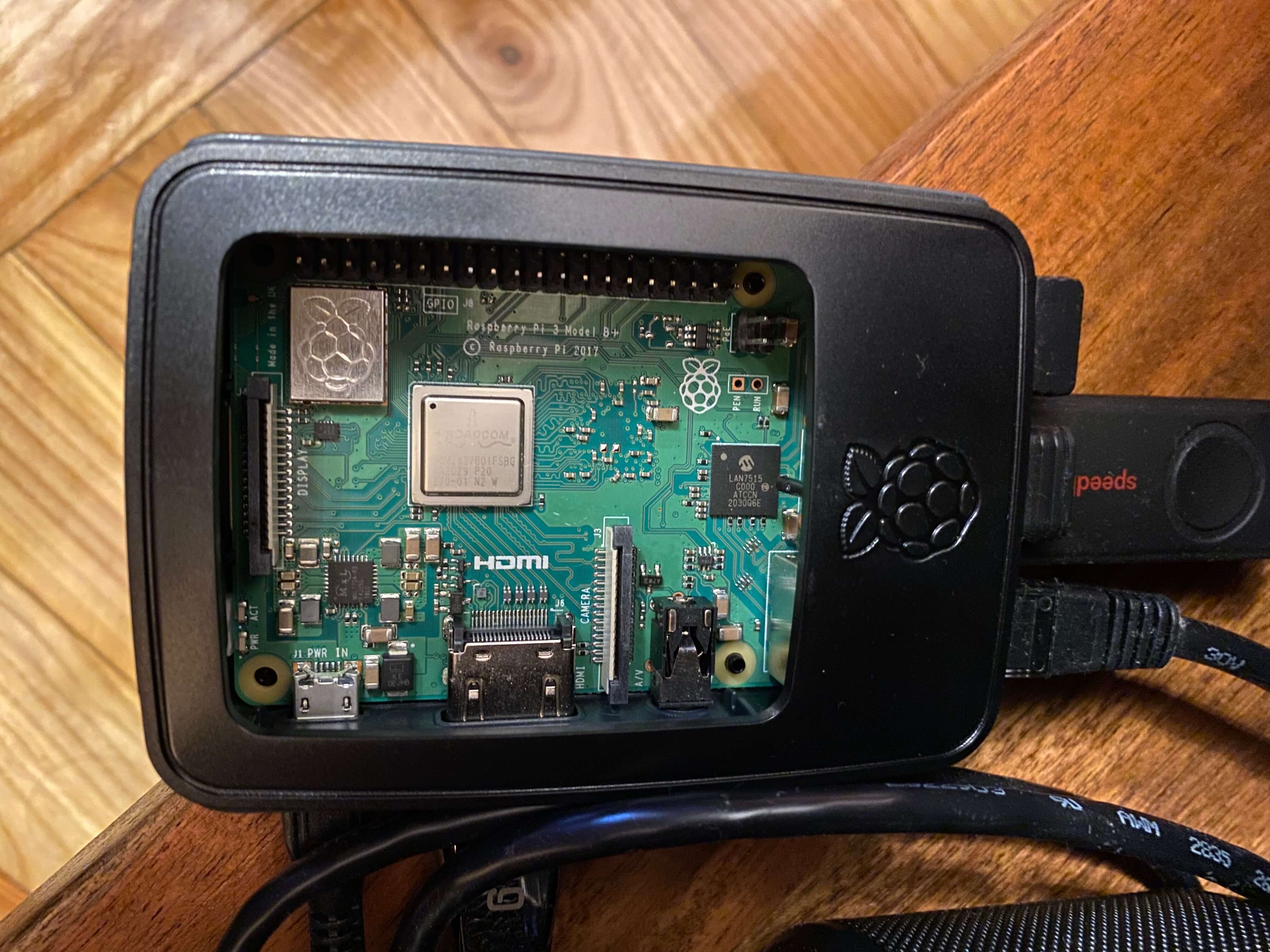
Last but certainly not least is my Raspberry Pi 3 Model B+. While it’s not a retro computer (the board dates from 2017), I use it to emulate a number of different retro systems, such as the NES (the Pegasus runs games slightly slower than the original system), SNES, Sega Genesis, PC Engine, and Atari VCS.
What I appreciate most about these 8-bit machines is that, despite their limited video and sound capabilities, they can still be used to create impressive games and demos. There is a thriving community around these machines, and every year, new games are released. We now see applications that utilize the C64 and Atari 800XL’s more sophisticated graphic modes, thanks to our deepened understanding of the hardware over the past 40 years.
I am very sentimental about these old computers. Since I still have some space for them, I won’t be giving them away anytime soon, though I definitely won’t be expanding my collection either. 😄
Learn more…
Find out more interesting facts about retro computers in the videos listed below.

Michał Cichoń is a software engineer based in Kraków, Poland.
With over 15 years of experience in web and mobile development, he specializes in building iPhone and iPad applications using Swift and Objective-C.
He currently works on a social media app developed by a small, data-driven team, where experiments and A/B testing shape user experience. Over the years, he has collaborated with financial institutions, biomedical companies, and startups from New York, Berlin, and beyond.
